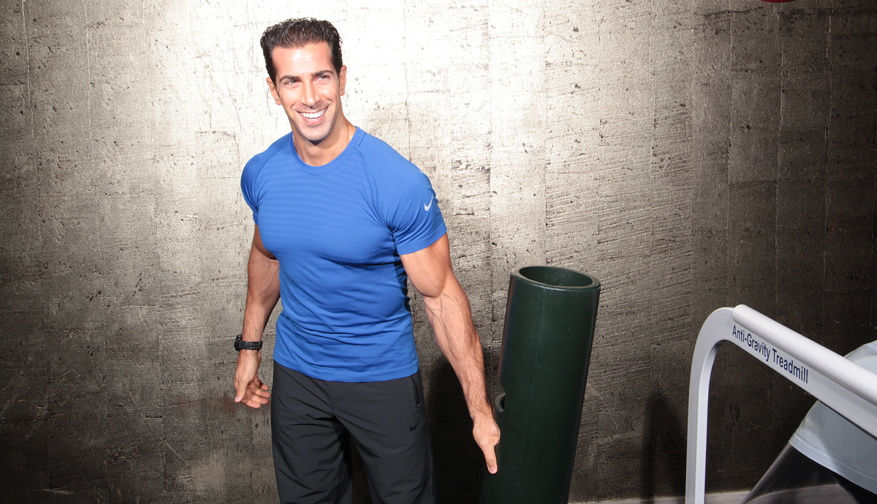You’ve probably heard it before: You need to lift weights. It will help maintain bone density, keep your body fat down, lower your risk of cardiovascular disease and cancer, improve cognitive function and reduce anxiety and depression, among many other benefits.
Another advantage of strength training is its substantial effect on metabolism — the process by which what you eat and drink is converted to energy. Here are some related facts: One pound of muscle burns six calories per pound per day. One pound of fat burns two calories per pound per day.
That four-calorie difference may not sound like much, but for most people, that’s the difference between living lean and living overweight. To complicate matters further, after the age of 20, the average person loses one-half to seven-tenths of a pound of muscle per year. That’s five to seven pounds a decade.
As women approach menopause, the rate at which they lose muscle doubles, which is why so many begin to gain weight right around that time of life.
After the age of 70, the average person loses three pounds of muscle per year.
Why is this so important? When you lose muscle, your metabolism slows down.
Dieting without exercise or dieting with cardio (an aerobic workout) as your only means of exercise also affects metabolism. If you are shaped like a pear and manage to lose a few pounds with diet and just cardio, you just end up looking like a smaller pear.
We should all strive to increase or at least maintain our metabolism. The formula to accomplish this is simple: Clean eating plus strength training equals a healthy metabolism.
Specifically, doing interval-based strength training maintains and potentially increases lean muscle tissue, making you leaner and enhancing EPOC (exercise post-oxygen consumption) so your body will continue burning calories even after exercising.
Still don’t feel like you should be lifting 20, 30, 40 pounds or more in the gym? Well, consider this: How much do your children or grandchildren weigh? How often do you lift them, carry them or manage to get them into a car seat? How about performing some daily activities like moving a box, carrying groceries or putting your luggage in an overhead space?
Now I know there are those out there with the mindset, “I don’t want to lift weights. I don’t want to get too muscular and bulky.” If that’s a concern, there are plenty of ways to still train with weights effectively and efficiently without incurring an overly muscular physique.
In addition, as we age, what are more and more people afraid of? Falling. Breaking a hip. One out of three adults aged 65 or older falls every year. In 2013, about 25,500 older adults died from injuries that resulted from falling. Moreover, many people who fall, even if they are not injured, develop a fear of falling. This concern may cause them to limit their activities, which leads to reduced mobility and loss of physical fitness and, in turn, increases their actual risk of falling.
Throughout the years, I’ve learned that in general, people have one goal in common — we all want the best quality of life in terms of health and mobility. Now I’m not saying strength training is the only answer to this goal, but I do believe that it should be an integral part of our lives. I also want to be clear and say that you do not need to be lifting weights every day for an extended period of time. Depending on your fitness level, you can reap the benefits by weight training two to three times a week for as little as 15 to 30 minutes a day. Your body will thank you now — and in the future.
Reach Giovanni on twitter @GiovanniRoselli and his website, giovanniroselli.com.




